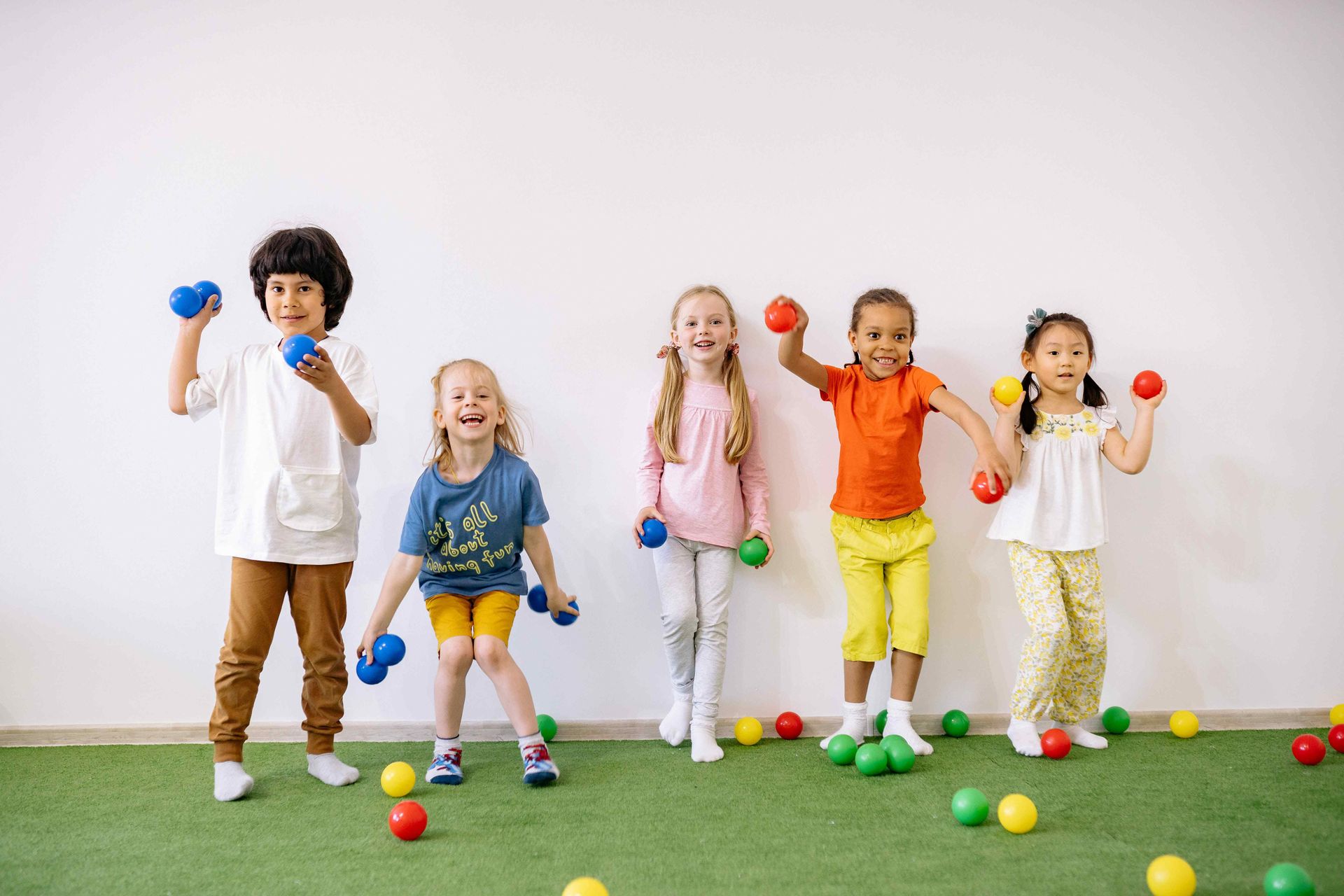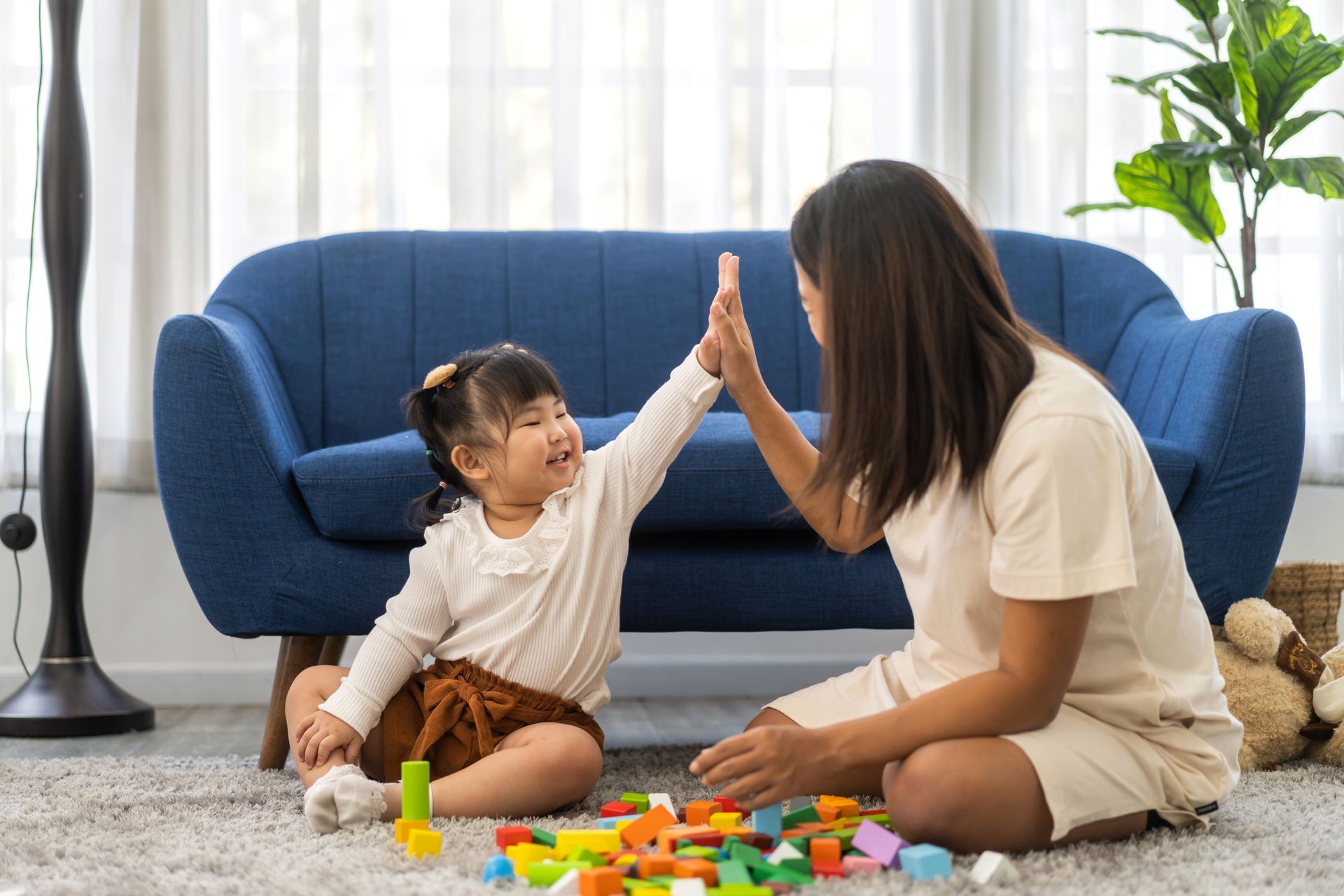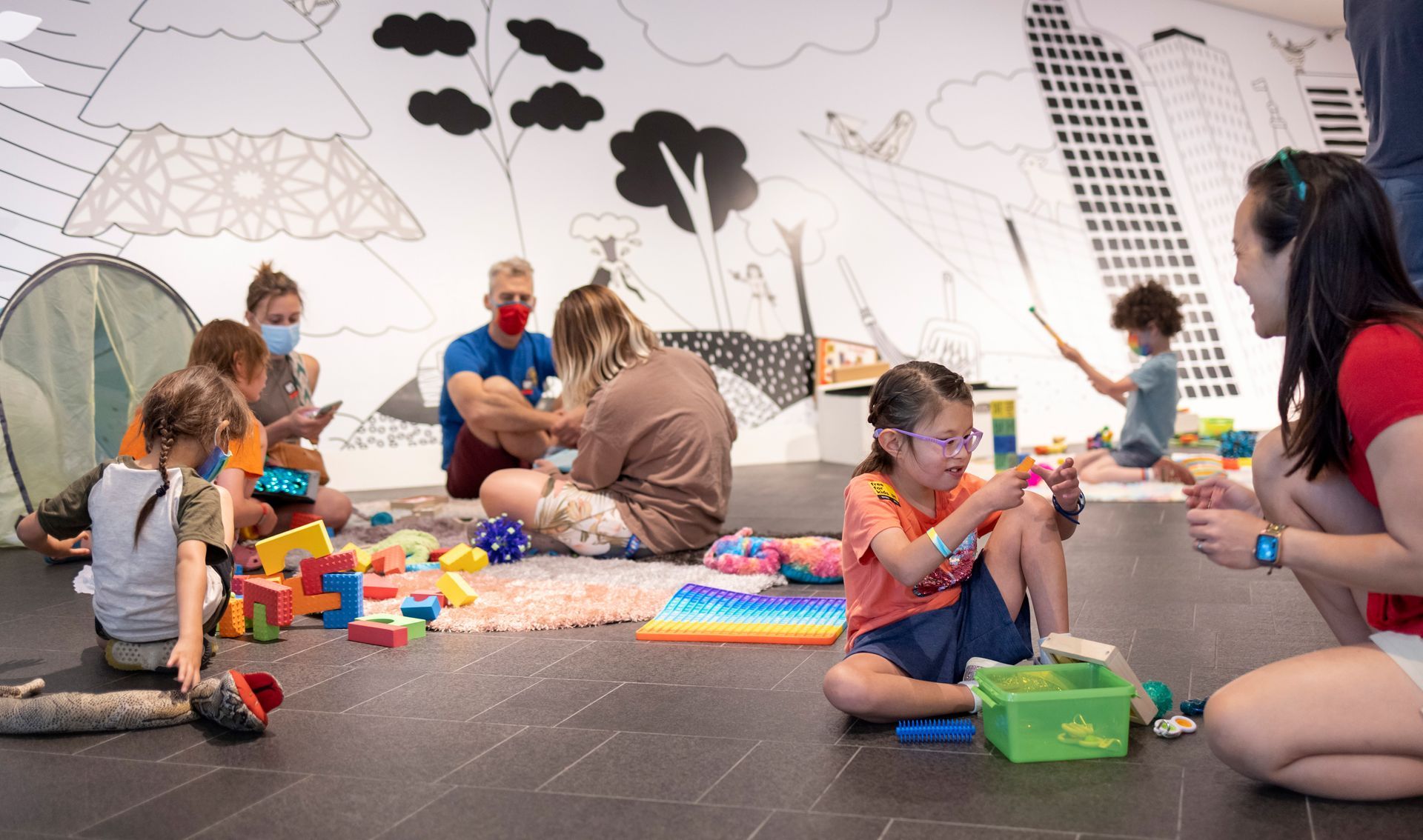How ABA Therapy Helps Parents Make Trick-or-Treating Easier for Children With Autism
Halloween is supposed to be fun: costumes, candy, and the excitement of trick-or-treating. But if you’re the parent of a child on the autism spectrum, you probably know it can also bring extra challenges. Crowds, loud noises, scratchy costumes, and social expectations can turn what should be a joyful evening into a stressful one.
The good news? With a little planning and flexibility, your child can still enjoy Halloween in a way that feels safe and comfortable for them. At the Therapy and Learning Center of GA, a center helping kids with autism in Atlanta offering ABA therapy in Georgia, as well as occupational therapy and speech therapy, we work with families every day on real-life situations like this. You can make trick-or-treating a positive experience for your child by following these practical, parent-friendly tips.
Look at Halloween From Your Child’s Perspective
Kids with autism often experience Halloween differently. Some things that may seem small to others can be overwhelming, like:
- Sensory overload from costumes, masks, flashing lights, or loud decorations.
- Social interactions like saying “trick or treat,” making eye contact, or talking with strangers at the door.
- Disrupted routines since Halloween is anything but typical.
- Safety concerns arise due to the crowded and noisy streets, and wandering poses a real risk.
When you start by seeing the night through your child’s eyes, you’ll have a better sense of what to prepare for.
Tip #1: Pick Comfort Over Flashy Costumes
A costume doesn’t have to be fancy to be fun. If your child is sensitive to certain fabrics or dislikes masks, skip them. Try:
- Pajamas with a Halloween theme.
- A favorite hoodie turned into a costume with small add-ons (like animal ears or a cape).
- Face paint if that feels easier than a mask.
- Or no costume at all, because they can still enjoy the night without one.
The key is making sure your child feels good in what they’re wearing.
Tip #2: Practice With Social Stories
Many autistic kids feel calmer when they know what’s coming. Social stories, which are often used in ABA therapy, can really help here. Create a simple story or slideshow that shows the steps of Halloween: getting dressed, walking to a house, saying “trick or treat,” getting candy, and saying thank you.
Practice it a few times before the big night. It makes the whole experience more predictable and less scary.
Tip #3: Do a Trial Run
Walk your neighborhood a day or two before Halloween. Point out houses that might be decorated. Practice knocking on a door at home and saying “trick or treat.” These little rehearsals make a big difference in reducing anxiety.
Tip #4: Use Visual or Alternative Supports
If your child is nonverbal or struggles with speech, don’t stress. You can help them communicate by:
- Using a simple “trick or treat” card that they can hold up.
- Carrying a blue Halloween bucket (many people recognize it as a symbol for autism).
- Programming their communication device with a Halloween phrase.
This way, your child still gets to join in without feeling pressured to talk. It also builds on what they may be working on in speech therapy.
Tip #5: Keep Expectations Realistic
You don’t need to hit every house on the block. Sometimes visiting two or three houses is plenty. Celebrate the small wins, whether it’s wearing a costume, greeting one neighbor, or just walking alongside siblings. What matters most is that your child feels included.
Tip #6: Plan for Breaks
Halloween can be a lot, even for adults. Build in time to pause. Bring headphones, a favorite toy, or even plan to stop back at the car for a few minutes if things get overwhelming. Short breaks can reset the evening and prevent meltdowns.
Tip #7: Let Your Neighbors Know
If you feel comfortable, give a quick heads-up to neighbors before Halloween. A simple note like, “My child has autism and may communicate differently. Thank you for your patience,” can make the night easier for everyone. Most people are happy to support an inclusive experience.
Tip #8: Put Safety First
Halloween is exciting, but safety always comes first. A few things that help:
- Add reflective tape or glow sticks to costumes.
- Use an ID bracelet with your phone number just in case.
- Set clear rules about holding hands or staying together.
- Keep the night short so your child doesn’t get too tired.
Tip #9: Have a Back-Up Celebration
If trick-or-treating just isn’t working out, that’s okay. You can still celebrate at home. Some fun alternatives:
- Decorating pumpkins together.
- A Halloween candy scavenger hunt around the house.
- A family movie night with kid-friendly spooky movies.
The goal is to make memories, not to check off a box.
How ABA Therapy Can Support Families During Holidays
At our center, we see how ABA therapy can help kids prepare for moments like Halloween. By practicing greetings, taking turns, and coping strategies, children can build confidence that carries over into real-life events.
Combined with speech therapy and occupational therapy, these approaches help kids handle not just holidays but also school events, birthdays, and everyday social situations.
Final Thoughts
Halloween doesn’t have to feel overwhelming. With preparation, patience, and the right support, children with autism can enjoy the holiday in their way. Whether that means trick-or-treating for ten houses or just celebrating at home, the most important thing is that they feel safe, happy, and included.
Support for Families in Georgia
If you’re looking for extra support this holiday season and beyond, the Therapy and Learning Center of GA is here for you. As a trusted center helping kids with autism in Atlanta, we provide ABA therapy in Georgia, speech therapy, and occupational therapy designed to help children build communication skills, confidence, and independence.
Our team understands the challenges parents face, and we’re committed to helping families celebrate wins both big and small. Visit TLC Georgia today to learn more about how we can support your child’s growth and make everyday moments a little easier.





